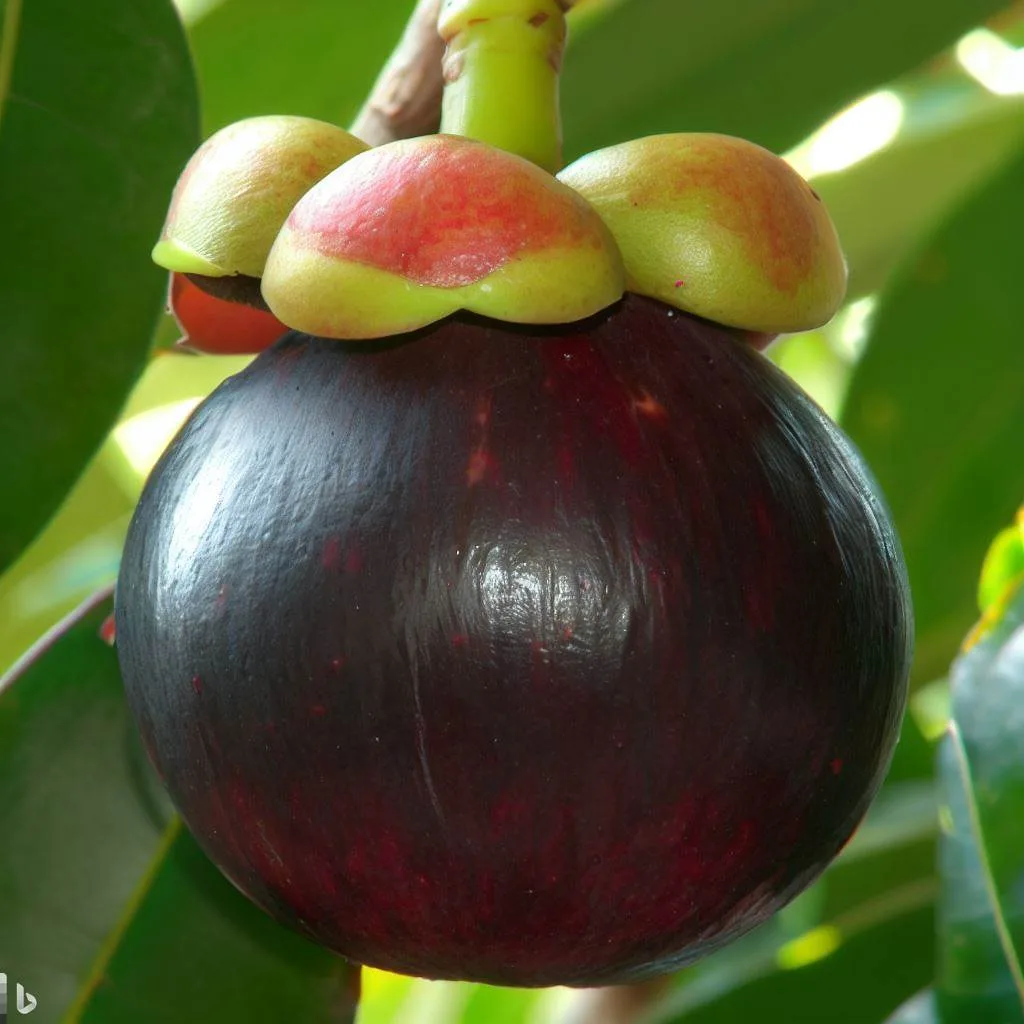
Mangosteen, known as the “queen of fruits,” is a tropical fruit native to Southeast Asia. With its unique flavor and numerous health benefits, it has gained popularity worldwide. However, one of the biggest challenges for enthusiasts is determining the ripeness of a mangosteen. In this article, we will explore the art of identifying a ripe mangosteen with expert precision.
Understanding the Importance of Picking a RipeMangosteen
Selecting a ripe mangosteen is crucial to fully enjoy its exquisite taste and reap its health benefits.It is sweeter and juicier compared to an unripe one. It’s also rich in antioxidants and essential nutrients. By choosing it, you can ensure that you get the maximum nutritional value and indulge in a delightful culinary experience.
The Physical Characteristics of a RipeMangosteen
To identify it, it’s essential to examine its physical characteristics. The outer skin of a ripe mangosteen should be firm, yet slightly yielding to gentle pressure. It should have a deep purple color, indicating maturity. Avoid mangosteens with blemishes or bruises, as they may be overripe or spoiled.
When selecting a ripe mangosteen, pay attention to the size and shape. It is typically round with a diameter of around 2-3 inches. It should feel heavy for its size, indicating a juicy and flavorful fruit.
The Color and Texture of a Ripe Mangosteen
The color and texture of a ripe mangosteen are key indicators of its ripeness. It has a vibrant purple color on the outside, which can vary from dark purple to reddish-purple. The skin should be smooth and glossy, without any signs of wrinkling or discoloration. Avoid mangosteens with greenish or yellowish skin, as they are not fully ripe.
When you gently press the skin of a ripe mangosteen, it should have a slight give, but not be too soft. The flesh inside should be white, with each segment separated by a thin, bitter membrane. The segments should be plump and juicy, exuding a sweet aroma.
How to Identify a Ripe Mangosteen by Its Weight
Another useful technique for determining the ripeness of a mangosteen is by assessing its weight. It will feel heavy for its size due to its high water content. When comparing different mangosteens, choose the one that feels the heaviest.
To test the weight, hold the mangosteen in your hand and compare it to others of similar size. It should feel substantial and dense, indicating a juicy and flavorful fruit.
The Scent of a RipeMangosteen
The scent of a ripe mangosteen is an excellent indicator of its ripeness. It emits a sweet and fragrant aroma that is enticing and distinctive. The scent is often described as a combination of citrus and tropical fruits.
To assess the scent, gently press the stem end of the mangosteen and bring it close to your nose. Inhale deeply and savor the delightful fragrance. If the mangosteen lacks a pleasant aroma or smells fermented, it may be overripe or spoiled.
Techniques for Checking the Ripeness of a Mangosteen
There are a few simple techniques you can use to check the ripeness of a mangosteen. One method is to gently shake the fruit near your ear. If you hear a slight movement of the seeds inside, it indicates that the fruit is ripe.
Another technique is to press your thumb against the skin of the mangosteen. If it leaves a slight indentation, the fruit is ripe. However, if the skin remains firm without any give, it may be unripe.
Lastly, you can use your senses of sight, touch, and smell collectively to assess the ripeness. Look for the vibrant purple color, feel the firm yet yielding texture, and inhale the sweet aroma. By combining these techniques, you can confidently identify a ripe mangosteen.
Common Mistakes to Avoid When Choosing a Ripe Mangosteen
While identifying a ripe mangosteen, it’s important to avoid common mistakes that can lead to disappointment. One mistake is relying solely on the color of the fruit. Although a deep purple color is an indication of ripeness, it’s not the only factor to consider. Remember to assess the texture, weight, and scent as well.
Another mistake is assuming that all mangosteens will ripen after purchase. Unlike some fruits, mangosteens do not continue to ripen once they are harvested. Therefore, it’s crucial to choose a ripe mangosteen from the start to enjoy its full flavor and aroma.
Additionally, avoid selecting mangosteens with soft, wrinkled, or moldy skin. These are signs of spoilage and indicate that the fruit is past its prime. By avoiding these common mistakes, you can ensure a delightful mangosteen-eating experience.
Storing and Enjoying a Ripe Mangosteen
Once you have selected a ripe mangosteen, it’s important to store it properly to maintain its freshness. Mangosteens are best kept at room temperature, away from direct sunlight. Place them in a cool, dry place, such as a fruit bowl or a countertop.
To enjoy a ripe mangosteen, start by cutting through the thick skin around the middle of the fruit. Be careful not to cut into the flesh too deeply. Once the skin is cut, twist the fruit gently to separate it into two halves. You can then use a spoon to scoop out the segments and savor the juicy, sweet flesh.
Conclusion: Mastering the Art of Selecting a Ripe Mangosteen
Identifying a ripe mangosteen may seem daunting at first, but with practice and knowledge of the key indicators, you can become an expert. Remember to evaluate the physical characteristics, including the color, texture, weight, and scent. Utilize techniques like shaking, pressing, and smelling to assess the ripeness. Avoid common mistakes and store your mangosteens properly for optimum freshness.
By mastering the art of selecting a ripe mangosteen, you can indulge in the exquisite flavor and health benefits of this tropical fruit. So, next time you come across a pile of mangosteens, use your newfound expertise to pick the perfect one and enjoy a truly delightful experience.






